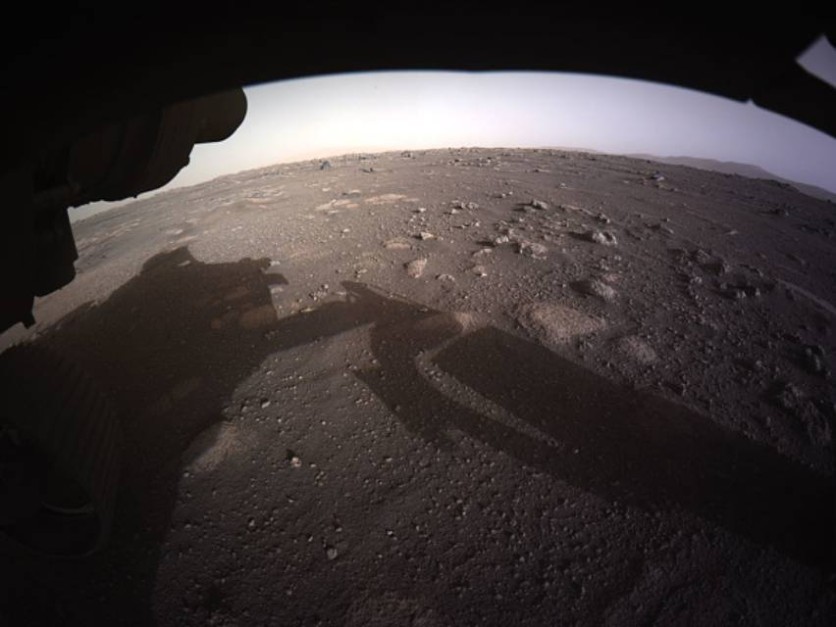NASA just sent their Ingenuity Mars Helicopter on another flight, and it looked extremely good out there.

CNET reports that NASA recorded a basically glitch-free flight for the Ingenuity helicopter, which once again flew above the surface of the Red Planet. It managed to stay airborne for over a minute, traveling a total of 106 meters to a new landing spot south of its most recent one. Here is the tweet sent out by the official NASA JPL (jet propulsion lab) Twitter account:
Another successful flight 👏#MarsHelicopter completed its 7th flight and second within its operations demo phase. It flew for 62.8 seconds and traveled ~106 meters south to a new landing spot. Ingenuity also took this black-and-white navigation photo during flight. pic.twitter.com/amluVq9wbb
NASA further confirmed that that flight was, indeed, totally glitch-free. This is an amazing feat in itself, considering that the Ingenuity helicopter's first six flights always had something wrong happen, with its most recent one being an in-flight anomaly.
That sixth flight, according to SpaceFlightInsider, had NASA detecting sudden changes in the helicopter's pitch and speed. This basically made the aircraft almost uncontrollable and practically spinning around in mid-air. Fortunately, the redundant systems aboard Ingenuity allowed it to perform a controlled descent, saving it from a potential total loss.
With the trouble-free success of the seventh flight, NASA hopes to advance further the Mars helicopter's so-called "operations demonstration phase," which in turn would help build better aircraft for the Martian atmosphere.
NASA and Ingenuity: A Modern Tale of Triumph
NASA first launched the Mars helicopter back in April, making it the first-ever instance of powered and controlled flight on another planet. That is already a big deal on its own since any other flight over a planet has always been a controlled descent. Before Ingenuity, NASA has only been "falling with style." That's a Buzz Lightyear quote for you, Disney fans.
The Mars helicopter's main goal is simple: help prove that humanity can design and deliberately control aircraft that would fly in the very thin atmosphere of the Red Planet. Mars' atmosphere is around 100 times thinner than Earth's, which means that a helicopter's rotors must spin way faster than they would here in order to generate enough lift.

But looking at the big picture, all of the seven missions for the NASA Mars helicopter can still be considered a success. Aside from the flights proving that our tech is up to speed, they also showed that humanity has a certain capability to initiate potential colonization. Never mind that crazy glitch on flight #6 that Ingenuity experienced.
What's Next?
Ingenuity and the rover Perseverance will continue their surveys of the Martian landscape for the foreseeable future. There is no official schedule for the helicopter's next flight yet, but one can assume that NASA is already hard at work planning their next move.
There's a bright future ahead with our current explorations of the Red Planet. And who knows? Maybe our mechanical explorers may find a lot of extremely interesting things--some of which might be the answers everybody has been hoping for.
This article is owned by Tech Times
Written by RJ Pierce
ⓒ 2025 TECHTIMES.com All rights reserved. Do not reproduce without permission.




